Fairmount Citizen Survey phase 1 results announced
Wichita State President John Bardo speaks about the Fairmount neighborhood Thursday. Bardo was one of several speakers reflecting on the community survey conducted over the last year.
More than 80 percent of surveyed Fairmount residents say their neighborhood is a good place to live, according to the Fairmount Citizen Survey, a community survey designed to gauge residents’ perceptions of their neighborhood and their household needs. Nearly 400 Fairmount residents participated in the survey, conducted over the last year.
The survey’s results were presented in the Fairmount Park community center Thursday afternoon by university officials, neighborhood leaders, and students. About 40 faculty and staff, community leaders, students, and neighborhood residents attended the presentation.
Mark Glaser, professor in the Hugo Wall School of Public Affairs and specialist in community development, led the conduction of the survey. He presented key findings of the survey, including: More than 80 percent of residents surveyed say Fairmount is a good place to live; 90 percent say people of different races get along and are willing to work with other races in Fairmount, and nearly 93 percent indicate a willingness to work with police. Main concerns include: 52 percent are concerned about property maintenance; 36 percent are concerned about illegal drugs, and 90 percent would like additional lighting.
President John Bardo spoke at the beginning of the conference, briefly mentioning Letitia Davis, who was beaten, raped and set on fire in Fairmount Park in 2014, as an instigator of the charge to better the community.
“[That incident] made me very angry, but it also reminded me we have a core responsibility by the nature of who we are as a university to reach out and try to impact our surroundings,” Bardo said.
Bardo said the Fairmount neighborhood study could become a template for other communities in the city.
“We’re trying to reach out across the city in areas where there are needs,” Bardo said. “We’re trying to, here in Fairmount, figure out, ‘How do you take smaller sections of the city and find out what their needs are, and how do we help the city, county and others know what those needs are so they direct their resources?’”
Hugo Wall School of Public Affairs graduate student Craig Crossette said he and the other surveyors went to about 800 homes to conduct surveys. They had about a 50 percent response rate, he said.
“So we got to shake hands and hug about 400 Fairmount residents,” Crossette said. “I feel like I’m at home here now.”
Darryl Carrington, community liaison, said the conversations that took place while surveying were “remarkable.”
“We made promises to return to visit, we had tours of homes and garages,” Carrington said.
He said he particularly remembers one cold evening on Holyoke Street with Crossette.
“The sun was going down,” Carrington said. “It was cold. We were invited in by a grandmother. She had the grandkids around, and it happened to be her birthday. But she still took the time to engage us.”
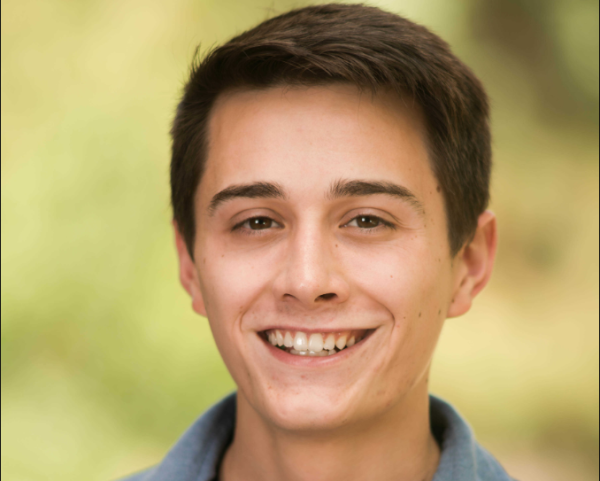
Andrew Linnabary was the 2018-2019 Digital Managing Editor of The Sunflower. He studied journalism and minored in English. Linnabary is from Wichita, Kansas.



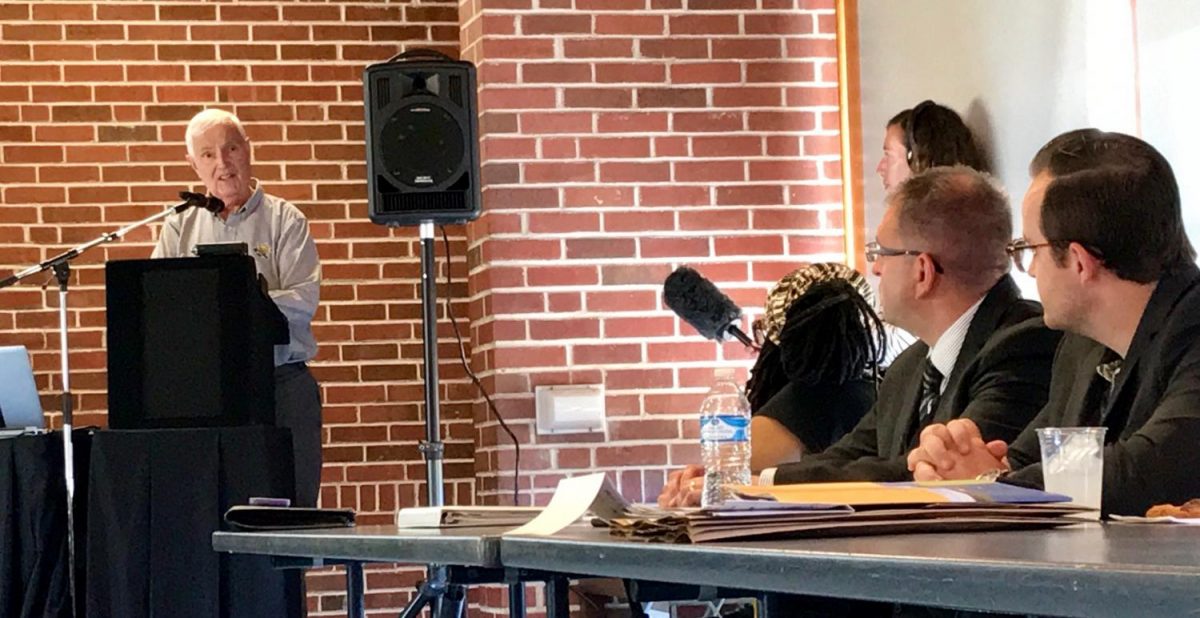

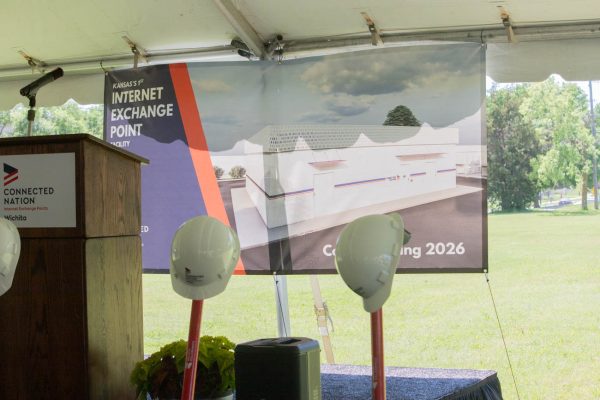
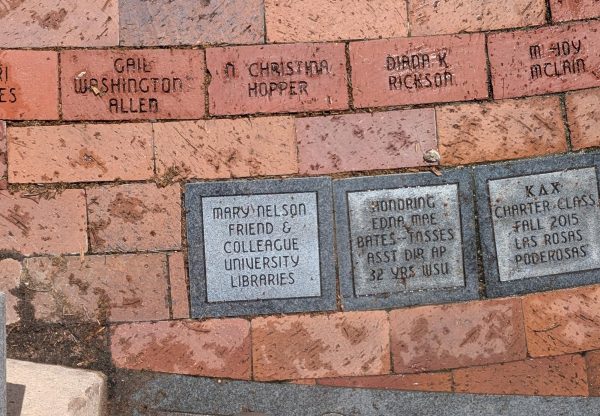
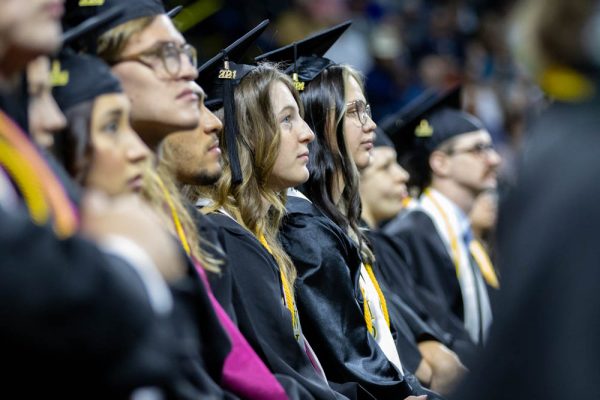






Transparency • Oct 2, 2017 at 3:29 pm
It should be noted that in the past Bardo sought to create different changes in Farimount. He wanted to get the city to change the zoning of the Fairmount neighborhood to something related to businesses or economic development. He said his hope was that the people there wouldn’t be able to afford tax increases and then they would have to leave.
Isn’t Nestor Weigand, Jr. of MWCB, LLC attending neighborhood meetings? Is he trying to buy property there? Bardo has talked about how the past discussions related to statutes dealing with blighted property would be good and referred to the neighborhoods south and west of campus as crime infested neighborhoods.
There were opportunities in 2014 for development to happen south of 17th street with another property owner but after Bardo flew on Murfin’s private plane to other schools all that stopped and everything went to MWCB, LLC. Darryl Carrington and Ted Ayres are great people working doing the right thing with the neighborhood. They do care.
Does Bardo still live in the President’s House or the house he bought on the east side of Wichita in Tallgrass or somewhere like that?